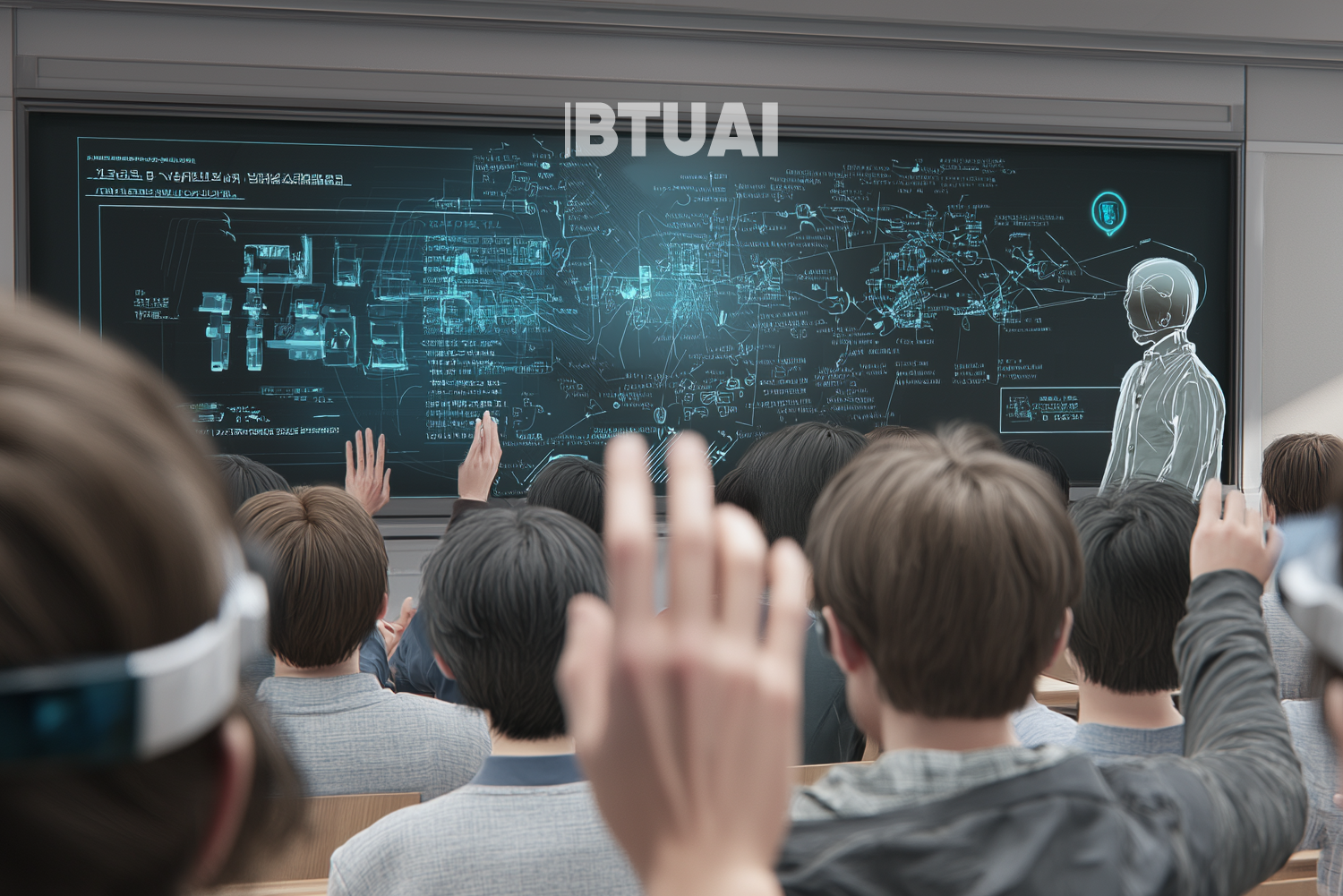Flipped Classrooms Reimagined: AI as a Catalyst for Pedagogical Change
The flipped classroom has long been one of higher education’s most intriguing innovations, but generative AI has given it

The flipped classroom has long been one of higher education’s most intriguing innovations, but generative AI has given it new life. The principle is simple: students receive the main lecture content at home, and classroom time is devoted to discussion and problem-solving. The persistent challenge has been the quality of materials, student engagement, and effective use of time. Generative AI has dramatically eased these barriers.
Research conducted at BTU showed that instructors are already using platforms like NotebookLM and ChatGPT to generate structured reviews, audio and video summaries, and course-specific assistants. This means students receive better-organized material at home and spend classroom time engaged in deeper discussion. The flipped classroom is no longer merely a pedagogical choice—it has become a practice reinforced by technology.
Globally, experiments confirm the shift. In the United States, universities use AI to generate personalized preparatory materials, including summaries and key questions that encourage critical thinking. In Europe, many institutions deploy AI-generated quizzes and exercises tailored directly to course content. In Asia, especially South Korea and Japan, AI enables multilingual resources, making classrooms more inclusive.
AI enhances not just content delivery but also student motivation. Many learners absorb knowledge more easily when material comes in multiple formats—text, audio, visual infographics. AI delivers exactly that: the same concept explained in varied styles. As a result, the flipped classroom is no longer about replacing lectures with videos but creating an integrated environment where students control their learning pace while instructors focus on analysis and debate.
Challenges remain. AI-generated materials are not always accurate, requiring instructors to verify and refine outputs. Some platforms are paid, raising questions of access and equity. Yet the direction is clear: universities are increasingly investing in AI as part of their teaching strategies.
In the end, the flipped classroom is being reborn. What was once a novel pedagogical experiment is now evolving into a technology-driven ecosystem combining creativity, critical thinking, and collaboration. AI turns classrooms into spaces where time is no longer consumed by mechanical delivery of information but devoted fully to reasoning, questioning, and the generation of new ideas.
Find the BTU’s full research here.




